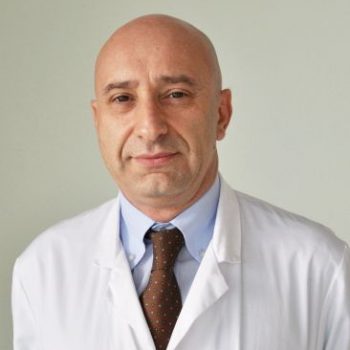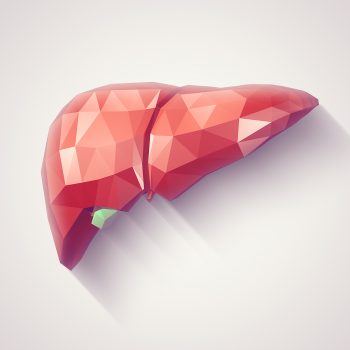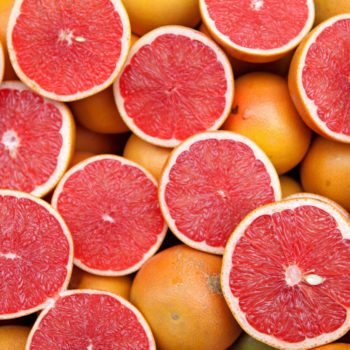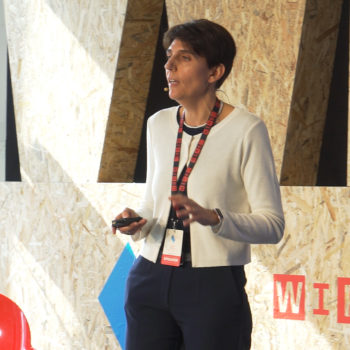Being overweight and obese put various organs at risk with a different impact. Among these is the liver, where fat accumulation is responsible for a clinical condition known as fatty liver or liver steatosis. Inevitably, the diet has a close link with this pathology while the correction of the diet plays an important role in its treatment. We talk about this topic with Dr. Roberto Ceriani, Head of Hepatological Day Hospital and interventional Hepatology at Humanitas.
A non-healthy liver
When we talk about non-alcoholic steatosic liver disease (NAFLD is the acronym Anglo-Saxon) we refer to fatty liver that is not related to alcohol consumption. The disease begins with fatty liver or liver steatosis and can progress in steatohepatitis with liver inflammation (NASH) from 5% to 20% of patients and 10-20% of these cases develop liver fibrosis, less than 5% progress in confirmed cirrhosis.
With regard to the prevalence of this disease, it is estimated that at least 5% of the population may have NASH. Unlike other forms of liver disease, e.g. hepatitis C, which only develop tumors after turning into cirrhosis, 50% of patients who develop cancer on NAFLD do not have cirrhosis.
The non-alcoholic liver disease is therefore not related to the consumption of alcoholic beverages, which in any case causes the accumulation of fat in the liver. NAFLD is considered a metabolic disease resulting from complex interaction between genetic, hormonal and nutritional factors. Recent evidence suggests that there are several genetic risk factors predisposing to the development and progression of NAFLD. Obesity and metabolic syndrome (MS) are the most important risk factors identified in NAFLD development, while diabetes mellitus and hypertension are linked to increased disease progression.
A low fat diet
It should be stressed that there is no single intervention that has proved to be fully effective in the treatment and care of NAFLD. The main objectives of treatment are to improve steatosis and prevent disease progression. Lifestyle change and treatment of risk factors are the cornerstones of disease management. Medical and surgical interventions serve as second line treatments or as adjuvants.
Several studies have shown that sustained and effective weight loss achieved through calorie restriction and increased physical activity improves function and liver damage. These lifestyle interventions, even without significant weight loss, improve NAFLD especially in patients who maintain these changes over time.
Several studies have shown an effective improvement of clinical and laboratory parameters in NAFLD with a diet rich in carbohydrates and low fat (diet LCHF: low-fat high-carbohydrate). LCHF diets are defined by what should not be eaten rather than what should be eaten.
In the various types of diet proposed there is always great attention to unprocessed food, consisting mainly of green leafy and cruciferous vegetables (cabbage, broccoli etc.), nuts and dried fruit, eggs, fish, unprocessed meat, dairy products and natural vegetable oils, fats from foods such as avocado, coconuts and olives. It is not carbohydrate-based diets because, as mentioned above, the high consumption of vegetables, cruciferous vegetables and non-amidaceous vegetables is encouraged. LCHF food plans also promote dishes such as omelets, salads and animal proteins such as steaks, salmon or chicken with vegetables.
Even if the fatty liver is not related to alcohol consumption, in the treatment of non-alcoholic steatosis, occasional consumption of small quantities of alcohol is allowed, recommending red wine, beer or spirits.










